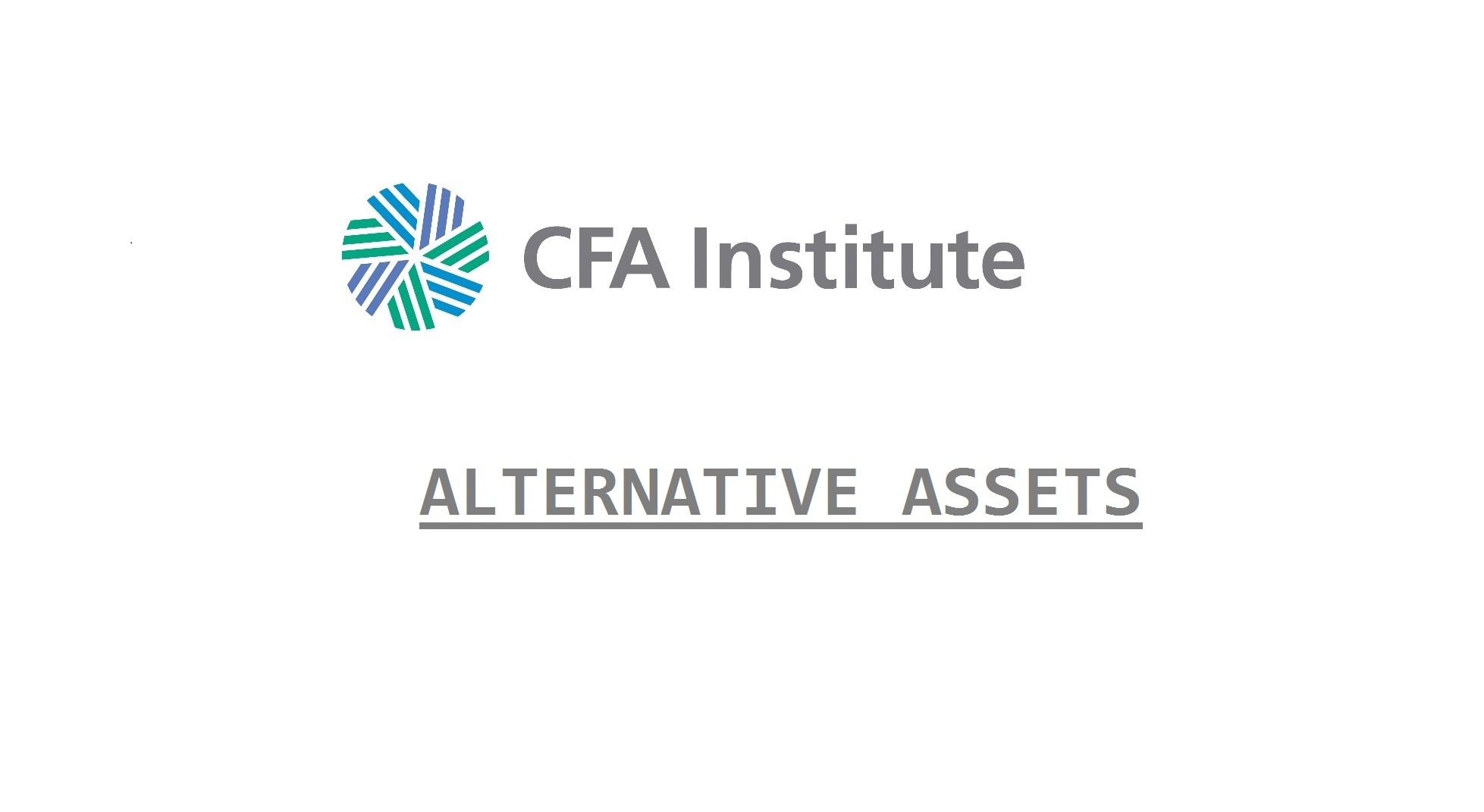Equity REITS are tax exempt companies that own income producing, actively managed properties. They seek to profit by growing cashflows, making property improvements and purchasing additional properties.
REOCs are ordinary taxable corporations that own real estate. These could be more development-oriented companies for instance.
Both REITS and REOCs have advantages over direct investments in real estate. They offer better liquidity, have lower minimums, limit investor liability, allow for greater diversification. They also give investors access to premium properties, active professional management and have all of the protections that come with publicly traded companies.
REITS in specific have predictable earnings, high yields (pay out most of there income as dividends) and are exempt from taxation.
There are downsides to investing in a REIT or REOC as well. Investors cannot harvest tax losses as in the case of direct ownership, they lack control over the REIT’s decisions, general partners of and UPREIT OR DOWNREIT may have conflicts of interest with shareholders, and there are costs associated with price volatility and corporate structures in general.
REITs have some further disadvantages. They have less potential for income growth as they have forced payouts that hurt reinvestment potential, they can be forced to issues discounted equity due to their financial leverage and they lack flexibility as they are limited to certain types of investments only.

1 thought on “Module 43.1 LOS 43.a and 43.b: Advantages and Disadvantages of REOCs and REITs”